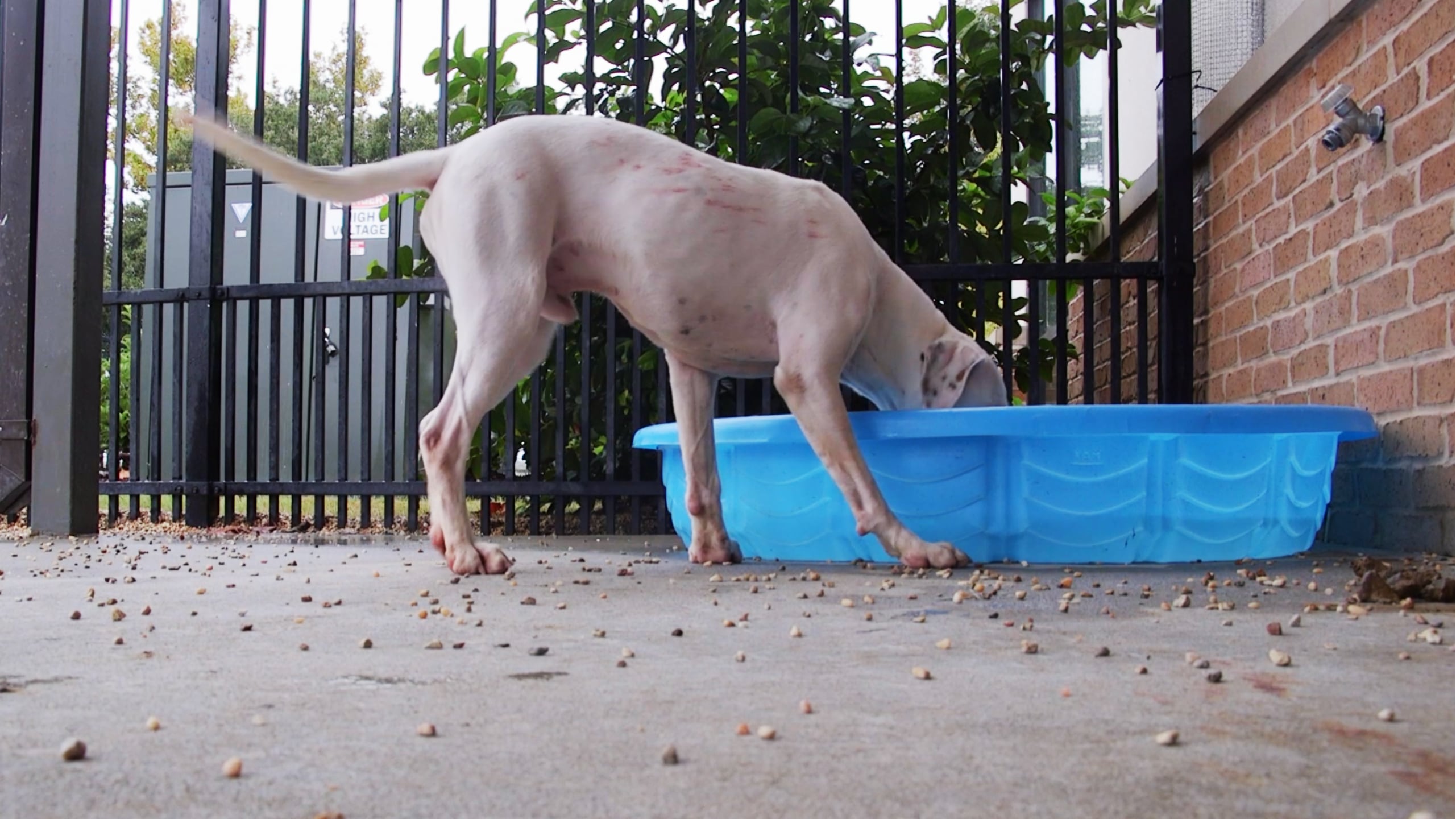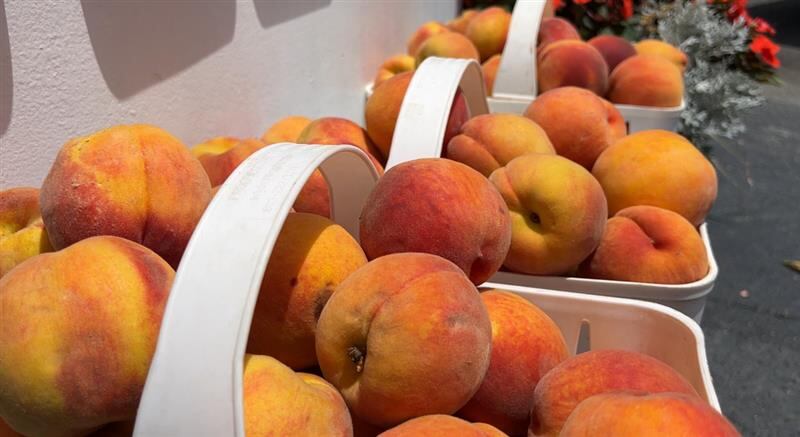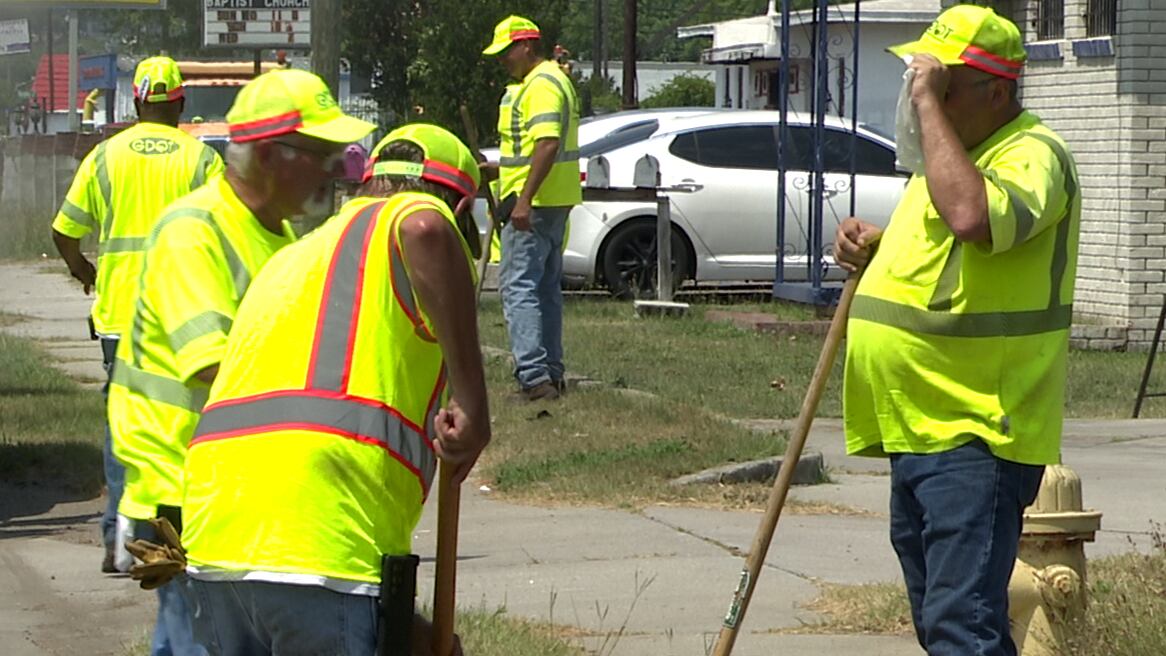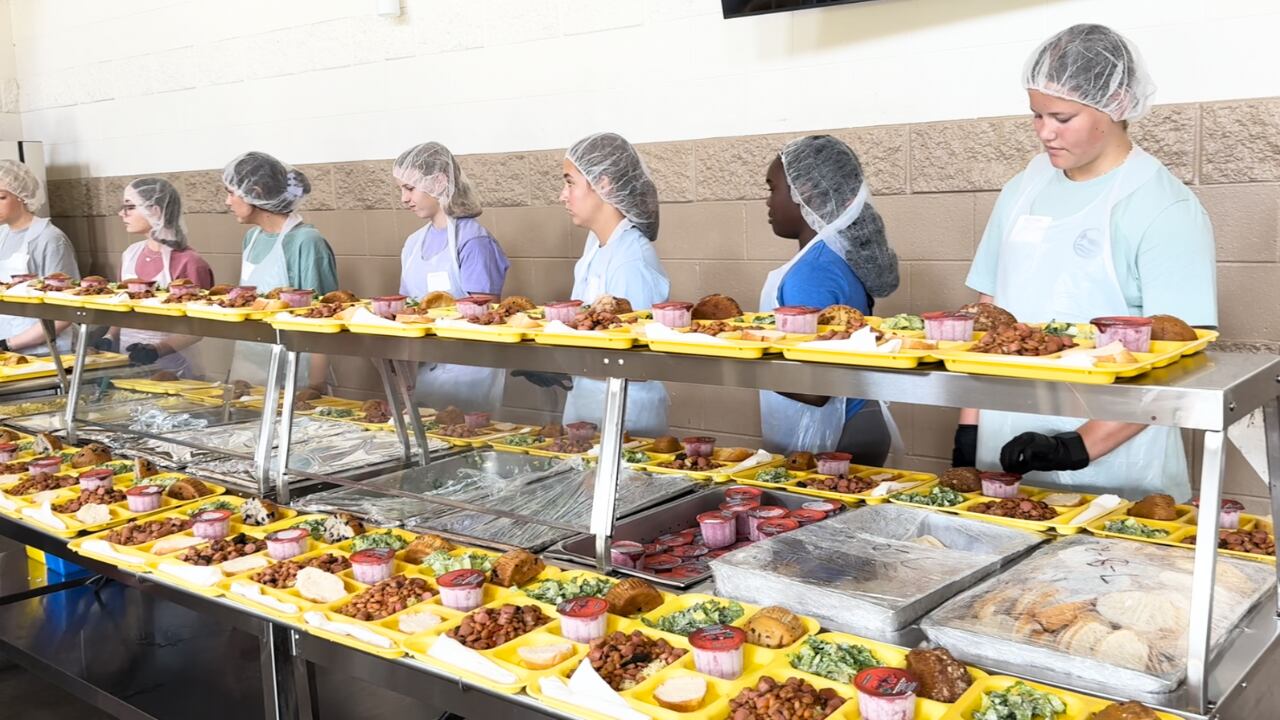Unprecedented S.C. drought putting pressure on CSRA’s farmers
SALLEY, S.C. (WRDW/WAGT) - Unprecedented and devastating drought conditions across the Palmetto State are putting pressure on South Carolina farmers.
Those farmers include Trent Rushton, a farmer and owner of Local Boy Nursery and Landscaping.
He says the drought will likely impact Georgia and South Carolina farmers for years to come.
He also says there are specific crops impacted by this drought.
“A lot of corn was planted that’s going to dry up. Probably won’t be anything to harvest. Peanuts don’t look so hot,” said Rushton.
Rushton says this can affect not only the crop but farmers income too.
“Farmers will have to rely on crop insurance payments to cover that loss. But from personal experience, I can tell you, it’s normally not as much as you would get if you had a full crop, so they’re going to be hurting from it,” he said.
All 46 counties are under drought designations from the South Carolina Department of Natural Resources’ Drought Response Committee.
CSRA HEAT WAVE:
How to keep your pets cool and safe in CSRA’s high temps
We’re on your side with how you can keep your family pets cool and safe as temps keep getting hotter.

Tips on how to lower your power bill amid CSRA’s heat wave
On these hot days, you may be running the air conditioner non-stop, and that means higher power bills.

Georgia Power discount program helps customers in summer
As it gets hotter throughout the CSRA, Georgia Power wants to make sure you know about a newly expanded program to stay safe this summer.

CSRA’s peach crop is thriving in the South Carolina heat
This year, temperatures are the highest they have been in a while. It’s no secret, we have definitely been feeling it. One thing thriving in this heat are the peach crops.

As CSRA’s temps soar, these hot-weather tips may save your life
According to the Centers for Disease Control and Prevention, on average, heat is the No.1 weather-related killer in the United States each year.

Fifteen counties saw a three-level increase this week from no drought to severe.
State Climatologist Hope Mizzell said the three-level increase from “normal” to “severe” for the 15 counties is unprecedented.
“The weather hasn’t exactly followed the rules over the last month,” Mizzell said. “We experienced a wet winter, a relatively wet spring and then June hit: The rain stopped, and the thermostat soared.”
South Carolina farmer Joshua Johnson, of Old Tyme Bean Co. has seen some droughts over the years, but nothing as bad as this year.
“Without crop insurance, our farm would be in dire straits,” said Johnson, a lifelong Calhoun County farmer.
The South Carolina Department of Natural Resources’ Drought Response Committee this week upgraded the drought designation for all counties in the Palmetto State. Various data sources were used in the decision.
Ten counties, primarily in the Upstate and southern Lowcountry, were marked as incipient or developing.
Twenty-one counties, encoming much of the Midlands and southern state border, were designated as moderate.
The remaining 15 counties, encoming the northeastern part of the state, were marked as severe.

Johnson said the combination of a lack of rainfall this summer and record-high temperatures has contributed to significant yield loss.
“A lot of our crops are very heat-tolerant, but they can only remain heat-tolerant while getting rainfall,” he said. “Without rainfall, nothing can handle 110-degree heat for 45 days in a row.”
Inflation, exacerbating drought conditions, will likely make this the most expensive crop Johnson and his team have ever put into the soil.
“With 15 to 20% higher input costs, and then a severe drought on top of that, we’re essentially losing more money than we ever have,” he said.
Johnson estimates that he has lost about 80% of his non-irrigated corn.
Program brings military training, health care to local rural counties
Free dental, medical, optometry, behavioral health and vet services are being offered in some of our rural counties, but for a limited time only.

At the 2,500-acre farm Wednesday, Johnson showed the stark difference between the irrigated corn and dry corn.
The dry stalks were shorter and had less color. However, in a more normal year with steady rainfall, they would be indistinguishable.
The cotton crop is severely stunted as well, Johnson said, with up to 50% yield loss.
“Our early planted cotton that hadn’t received any rainfall is starting to bloom out of the top, which is an indicator of the plant’s life cycle coming to a close. This normally happens in about the third or fourth week of September during good rainfall years.”
Keeping the industry afloat is essential, Johnson said, as farmers provide food and fiber for the entire country.
“At least once in your life you may need a lawyer or a preacher, but every single day you need a farmer,” he said. “Someone has to feed you, someone has to clothe you. So without us doing what we do here, you couldn’t do what you do there.”
Augusta soup kitchen faces rising need, declining volunteers
The Master’s Table Soup Kitchen feeds a lot of our homeless population and anyone who needs a hot meal — and need is rising as volunteers are declining.

The American Red Cross encourages residents to some tips and tricks to deal with drought:
- Conserve as much water as you can
- Don’t over-water lawns
- Use pool covers to maintain water
Copyright 2024 WRDW/WAGT. All rights reserved.















